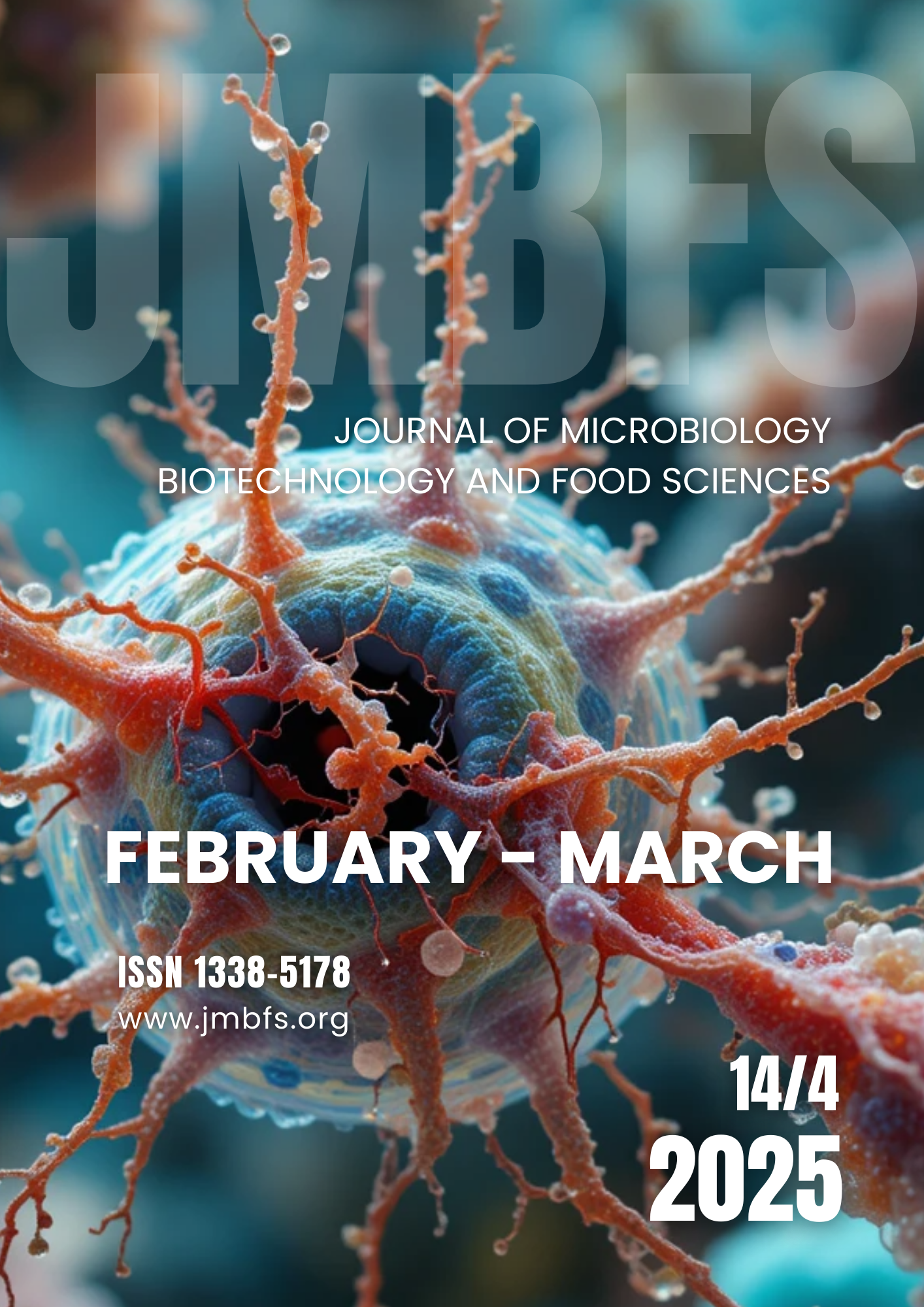ANALYSIS OF RISK ELEMENTS IN HERBAL TEA SAMPLES
DOI:
https://doi.org/10.55251/jmbfs.11740Keywords:
Herbal tea, Risk elements, Human health, AnalysisAbstract
Tea is one of the most popular drinks in the world. Other infusions and decoctions of various plant herbs are also known under this name. We refer to these infusions as herbal teas. Herbal teas are prepared mainly for the active substances contained in the given herb. They have curative or preventive effects. It is often a mixture of various meadow and forest herbs (flowers, leaves), but there are also herbal teas using the effects of only one plant. Many sources point to the possible presence of risk elements in herbal teas. These are risk elements that, at certain concentrations, have a harmful effect on human health and other biotic components of the ecosystem. Due to the development of industry, large amounts of these risk elements entered the biosphere. However, the problem is that they mainly get into the soil and water. The work describes the content of risk elements (copper, lead, nickel, arsenic) in herbal materials - herbal teas - alchemilla vulgaris (Alchemilla vulgaris), turnip (Agrimonia eupatoria), horsetail (Equisetum arvense), stinging nettle (Urtica dioica L.), chamomile (Matricaria chamomilla), peppermint (Mentha piperita). Three methods were used for the analysis of herbal materials: method I (based on the action of acid for 24 hours), method II (acid treatment for 30 minutes at 90 °C) and method III (acid treatment for 30 minutes at room temperature). Risk elements in individual herbal tea samples were measured using an atomic absorption spectrometer. The impact and importance on human health was also evaluated. The mean of risk elements concentration, using methods, data distribution, and samples, were applied to generate data from the articles. The results indicated that all commonly consumed herbal teas included risk elements.
Downloads
Downloads
Published
How to Cite
Issue
Section
License
Copyright (c) 2023 Melánia Feszterová, Jana Jakubčinová, Antónia Ďuráková

This work is licensed under a Creative Commons Attribution 4.0 International License.
All papers published in the Journal of Microbiology, Biotechnology and Food Sciences are published under a CC-BY licence (CC-BY 4.0). Published materials can be shared (copy and redistribute the material in any medium or format) and adapted (remix, transform, and build upon the material for any purpose, even commercially) with specifying the author(s).





